By Jeff Hoag, AIA, LEED AP BD + C, GMB Architecture + Engineering
It wasn’t very long ago that each room in a school building had a singular purpose: instruction happened in the classroom, research and reading happened in the library, and the cafeteria was for lunch. Classrooms had rows of desks and chairs where students sat to learn. Cafeterias had tables and benches whose variation only came in whether it was round or rectangular. Media centers had fixed bookshelves, large circulation desks, and furniture to support quiet individual work and research.
So, what changed? Students have more control over their learning and the teacher’s role has shifted from information provider to facilitator. It is understood that hands-on tactile work reinforces many students’ ability to understand the content. In addition to mastering coursework, students must also learn to solve problems creatively and collaborate with their peers in order to prepare for the next phase of their lives. As a result, spaces must be able to support different types of work, sometimes in the same day or hour. Creating flexible classroom spaces is a key element in achieving this.
FLEXIBILITY IN THE CLASSROOM
Within the classroom, both teachers and students desire autonomy to create the kind of environment that is right for them on a daily, and sometimes minute-by-minute basis. This kind of flexibility includes choosing the type of seat or space that is right for the kind of work at hand, as well as the ability to quickly move between instruction modes, from direct instruction to small groups or individual study.
Science labs are traditionally known for their bulky furniture and fixed locations for plumbing and gas utilities, but they can be designed to be flexible from lab to lab and over time. Locating sinks and gas along the room’s perimeter and providing flexible lab tables allows the interior of the space to shift as needed. Overhead access to power can replace floor boxes for increased flexibility, as well as for cleanliness and safety.
FLEXIBILITY BEYOND THE CLASSROOM
An emphasis on collaboration with others means that students need more room than a traditional classroom can sometimes provide. Extended learning areas and small group rooms adjacent to classrooms are dedicated spaces for a few individuals to do project work together. In older buildings lacking space for these larger areas, schools may remove display cases or even lockers in hallways to add a work surface where students can gather to collaborate. Regardless of their size, these flexible spaces all feature varied seating, writeable surfaces, and integrate technology.
In new buildings, we can strategically plan to locate lockers and cubbies in other areas of the buildings to create intentional spaces that support collaborative work.
FLEXIBILITY THROUGHOUT THE SCHOOL
A flexible media center can accommodate a broad range of groups and activities. From individual work to hosting single or multiple classes, staff meetings, school groups, or community use, they can be utilized all day and even beyond school hours.
Activating a media center for this kind of flexibility requires a large, open space with flexible furniture. While books still play a critical role in education, placing them at the perimeter and on mobile shelving units can help to provide more flexible space. Breakout rooms are important for individual or small group work and can be fully separate or utilize operable partitions to join them into a larger instructional space if needed. And lastly these spaces need integrated technology at all grade levels.
Cafeterias of the past were frequently only utilized at mealtimes, sitting vacant for much of the day. Now a centrally located cafeteria can function more like a commons space, serving as a dining space, overflow area for events, and a desirable destination for individual study. Proper furniture, lighting, and location all contribute to these spaces being used beyond meals. Both cafeterias and gymnasiums can serve as meeting spaces for large groups if they have the proper technology.
FLEXIBILITY IN CONSTRUCTION
Lastly, with new construction, planning for how the building can change over time lends to flexibility on a large scale. Thinking through how a building may be reorganized in the future has structural implications for how the building is designed and can impact the types of materials used in construction. Planning for classroom additions is another common way that schools can flex as their district grows over time. These types of decisions are best to consider early in the design process.
As education continues to evolve, spaces students learn in need to be flexible and adaptable to respond to ever-changing educational methods.
This article was originally featured in The Source.











